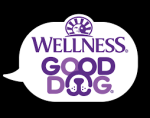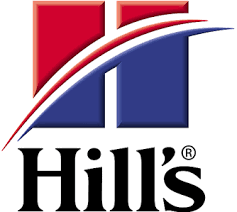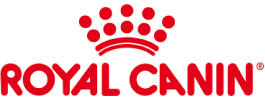Owning a pet requires thoughtful care and represents serious responsibilities, which isn’t for everyone. Growing up, I wasn’t allowed to keep pets indoors, but my parents encouraged me to care for a variety of animals in our expansive garden. My father emphasized the importance of carefully selecting their food, focusing on natural, locally sourced, organic, and pesticide-free options.
However, the needs of indoor pets present a unique challenge, and choosing pet food brands is particularly important. At Jesta Freak, our team has conducted interesting research to help new pet owners find the most trusted pet food brands for their furry friends and a brief guide to help them make their best decisions.
Pet Food Brands
Drawing on credible sources like The Spruce Pets, People, The New York Post, and Business Insider, we’ve identified reputable brands known for their quality ingredients and nutritional integrity. Here are some of the top choices to support your pet’s health and vitality.
Hill’s Science Diet

Wellness Complete Health offers a variety of dry and wet dog foods made with high-quality proteins, real meat, and wholesome grains. Their recipes are designed to support immune health, energy levels, and overall well-being. The brand started in 1977 as a branch of WellPet LLC, also a pet food company that started in 1927.
When choosing a pet food brand, it is crucial to consider your pet’s specific dietary needs, age, weight, breed, and any health conditions. Consulting with your veterinarian can help determine the most appropriate diet for your pet.

Important Steps to Take into Consideration
Choosing the best food brand for your pet involves a few important steps to ensure that the food you select meets their specific health and dietary needs. Here’s a guide to help you make the best choice, based on reliable sources like the American Veterinary Medical Association (AVMA), the Association of American Feed Control Officials (AAFCO), Hill’s Science Diet, Purina Pro Plan, Royal Canin, and others brands known for their work with veterinary and nutritional experts provide transparency in ingredient sourcing and quality assurance practices:
1. Consult Your Veterinarian
Your vet can offer valuable insights into your pet’s specific needs, especially if they have health conditions like allergies, digestive issues, or weight concerns. They can recommend specific brands or ingredients suited to your pet’s age, breed, and health.
2. Understand Your Pet’s Dietary Needs
Age: Puppies and kittens need more protein and calories, while senior pets may benefit from lower-calorie foods.
Size and Breed: Some foods are tailored for small, medium, or large breeds and offer benefits suited to their specific requirements.
Special Health Needs: Pets with health issues (like kidney disease or food allergies) may need specialized diets to help manage these conditions.
3. Research Brand Reputation and Ingredients
Brand Transparency: Look for brands that disclose their ingredient sourcing and manufacturing processes. Trusted brands often undergo rigorous testing and are recommended by veterinary professionals.
High-Quality Ingredients: Choose brands with real meat, fish, or plant-based protein sources as the first ingredient, along with natural sources of vitamins and minerals. Avoid brands that contain excessive fillers like corn and soy, as well as artificial preservatives and colors.
Formulation by Experts: Look for foods that are formulated by veterinarians or pet nutritionists. Brands like Hill’s Science Diet, Purina Pro Plan, and Royal Canin are known for working with experts in pet nutrition.

4. Read the Nutritional Label
AAFCO Statement: The Association of American Feed Control Officials (AAFCO) provides nutritional guidelines for pet foods in the U.S. Look for an AAFCO statement on the package, which indicates the food meets basic nutritional standards.
Guaranteed Analysis: This section on the label lists the minimum and maximum percentages of protein, fat, fiber, and moisture. A balanced diet should have a healthy mix of these, suited to your pet’s life stage.
5. Consider Your Pet’s Preferences
Pets can be picky, so observe how they respond to different flavors and textures (dry vs. wet food). Some may prefer kibble, while others enjoy the moisture of canned food.
7. Try Small Quantities First
When trying a new brand or formula, buy a small bag to test how well it agrees with your pet. This minimizes waste if they don’t take to the food or if it causes any digestive issues.
8. Avoid Frequent Brand Switching
Changing food brands too often can upset your pet’s stomach. If you do need to switch, introduce the new food gradually by mixing it with the old brand to help ease the transition.
By carefully considering these factors, you can select a high-quality food brand that best supports your pet’s health and well-being. It is important to monitor your pet’s well-being and body reaction to the new diet and to immediately report any suspicious outcome to their vet.
Our pets are our real Angel Customers, with unconditional love and loyalty. Providing them with a healthy diet is the least we can do.
Does your pet have a favorite pet food? Tell us about it and join our Jesta Freak brand communities where we share our and other people’s love and passion for brands and experiences. Complete your personal brand experience profile and unlock your full consumer potential! Discover a world of brands, experiences and seize opportunities to make your voice heard.
Visit Jestafreak.com to explore in-depth insights into consumer behavior, brands, and much more.
Engage directly with our community on our Home Page.

















